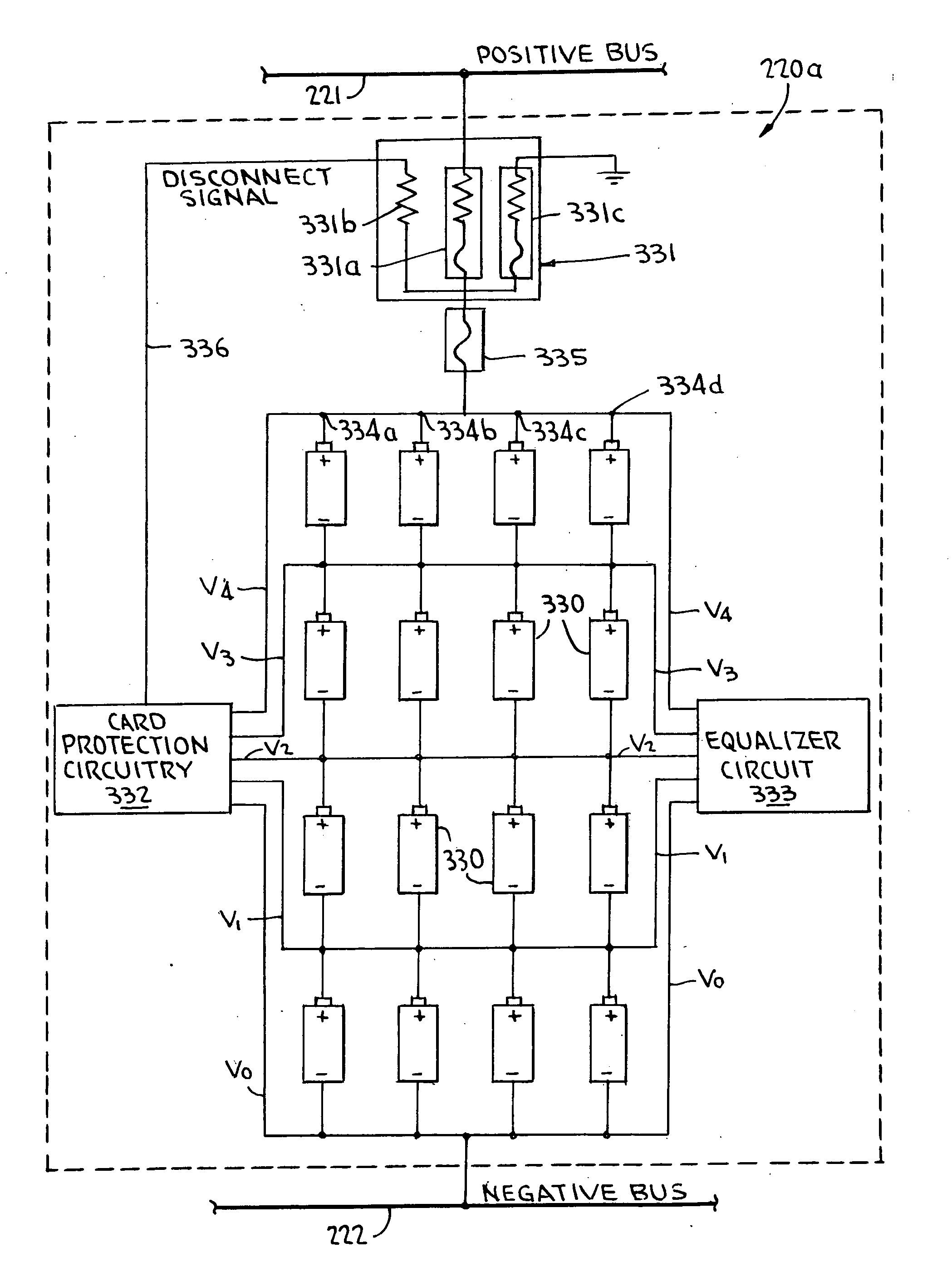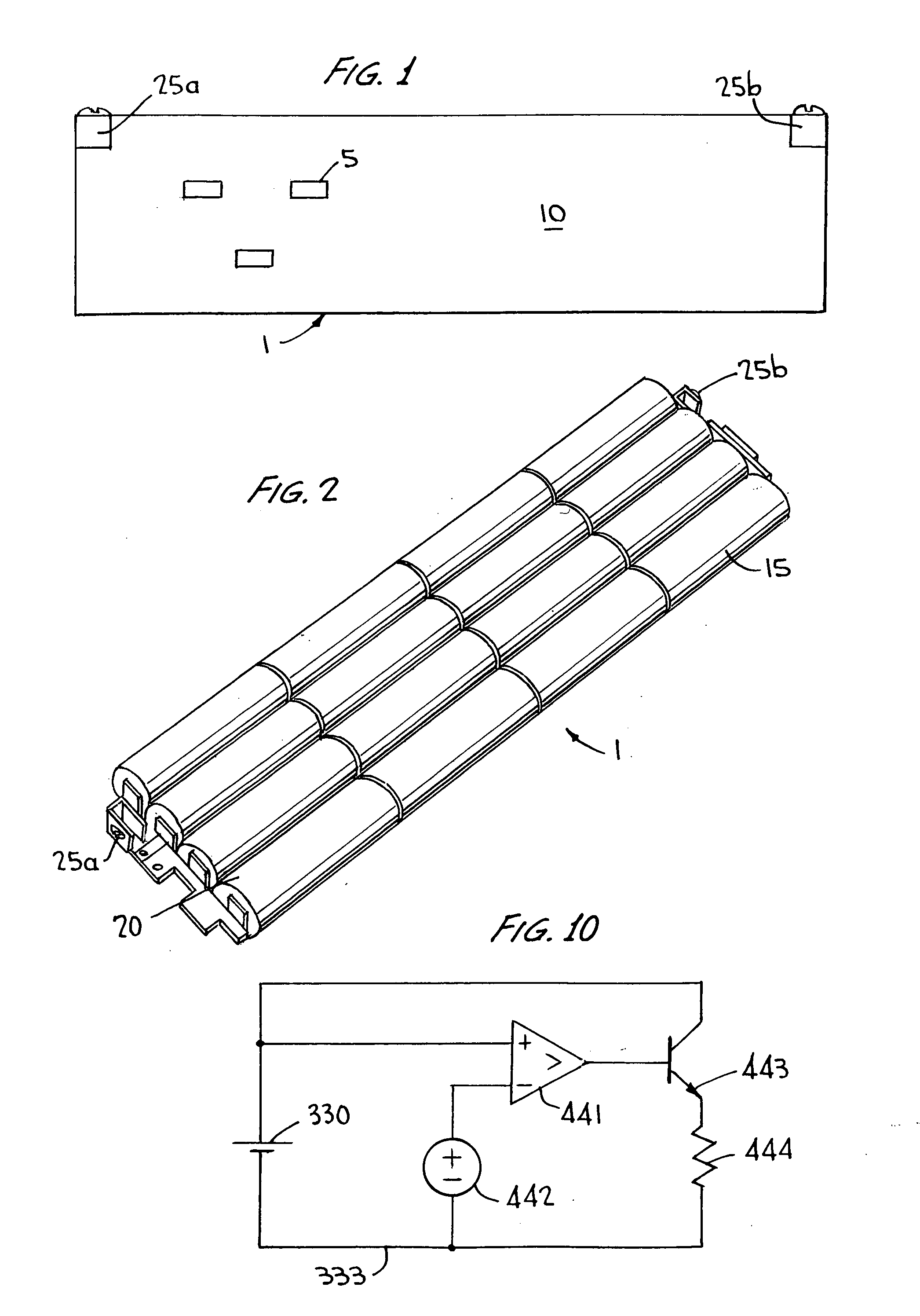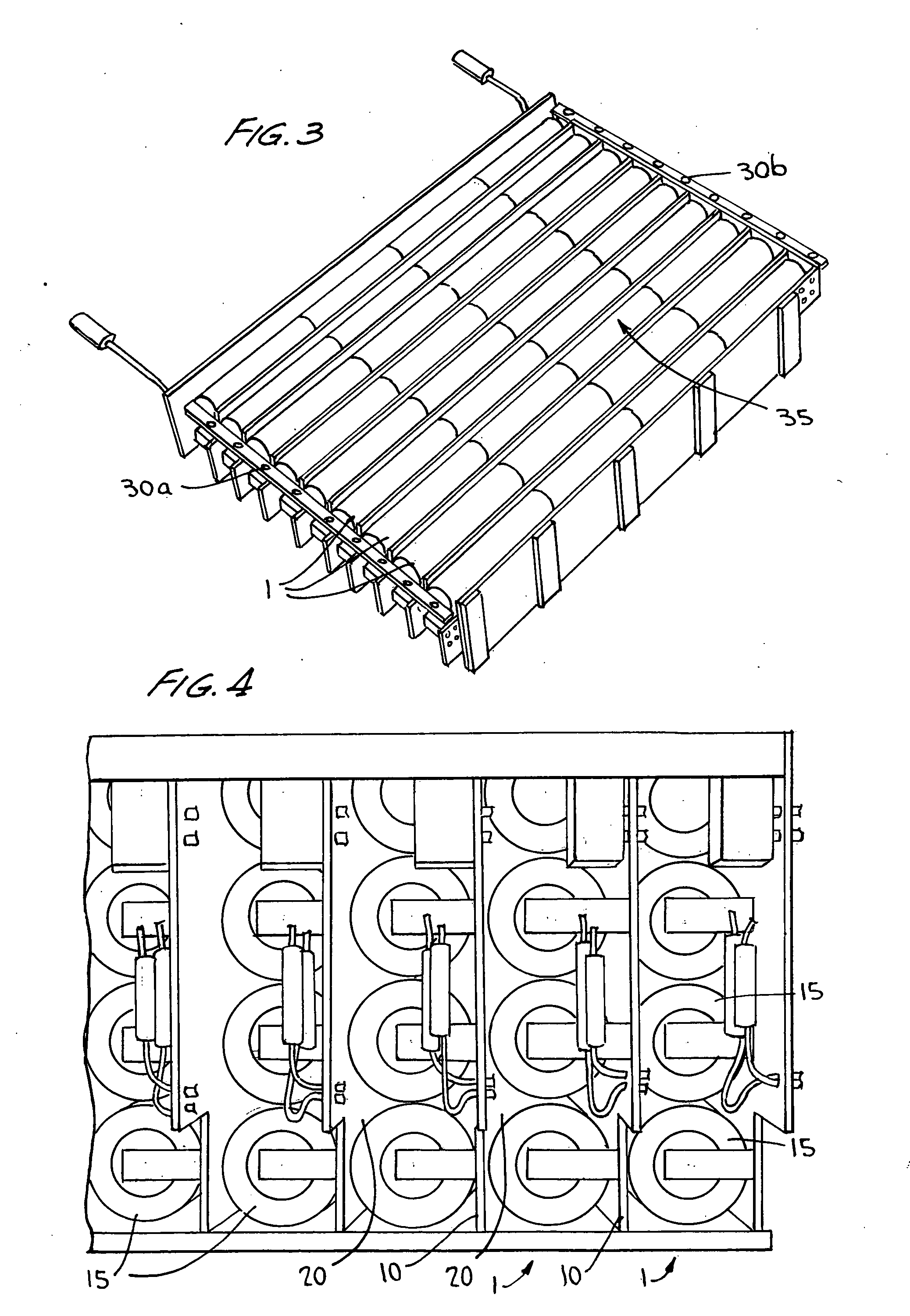Methods and systems for assembling batteries
a battery and battery cell technology, applied in secondary cell servicing/maintenance, cell components, instruments, etc., can solve the problems of large li-ion battery packs that have not yet been fully commercialized, low energy density, and water batteries, and achieve simple, efficient and scalable structures.
- Summary
- Abstract
- Description
- Claims
- Application Information
AI Technical Summary
Benefits of technology
Problems solved by technology
Method used
Image
Examples
Embodiment Construction
[0021] To provide an overall understanding of the invention, certain illustrative embodiments will now be described; however, it will be understood by one of ordinary skill in the art that the systems and methods described herein can be adapted and modified to provide systems and methods for other suitable applications and that other additions and modifications can be made without departing from the scope of the systems and methods described herein.
[0022] Unless otherwise specified, the illustrated embodiments can be understood as providing exemplary features of varying detail, and therefore, unless otherwise specified, it is to be understood that features, components, and / or aspects of the illustrations can be otherwise combined, separated, interchanged, and / or rearranged without departing from the disclosed systems or methods. Additionally, the shapes and sizes of components are also exemplary and unless otherwise specified can be altered without affecting the scope of the disclo...
PUM
 Login to View More
Login to View More Abstract
Description
Claims
Application Information
 Login to View More
Login to View More - R&D
- Intellectual Property
- Life Sciences
- Materials
- Tech Scout
- Unparalleled Data Quality
- Higher Quality Content
- 60% Fewer Hallucinations
Browse by: Latest US Patents, China's latest patents, Technical Efficacy Thesaurus, Application Domain, Technology Topic, Popular Technical Reports.
© 2025 PatSnap. All rights reserved.Legal|Privacy policy|Modern Slavery Act Transparency Statement|Sitemap|About US| Contact US: help@patsnap.com



